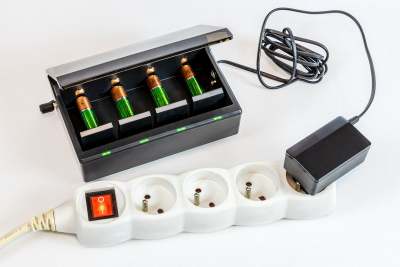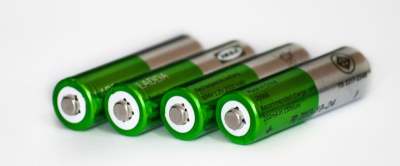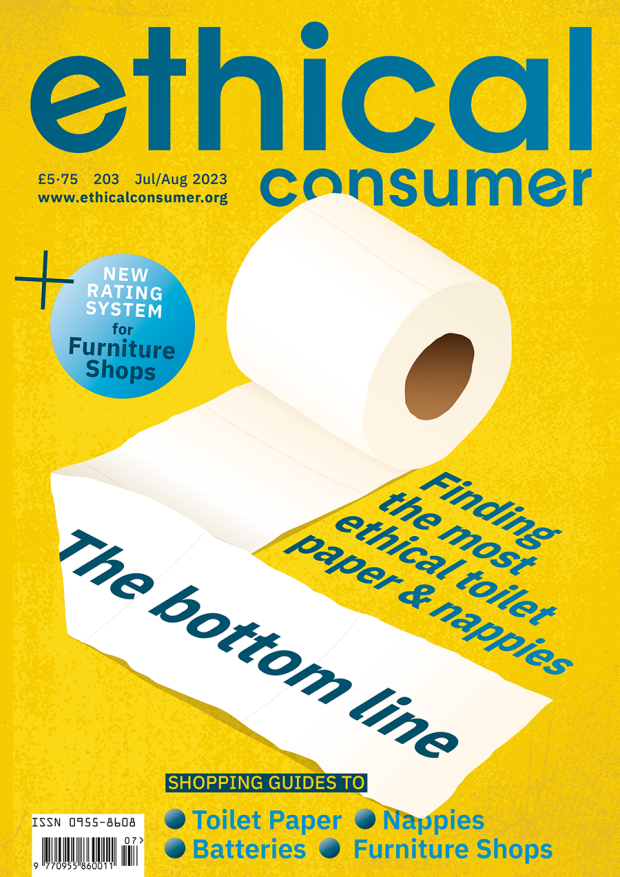How to find environmentally friendly batteries
All the brands in this guide make both disposable and rechargeable batteries. Three brands appear on the table twice, as their batteries with recycled content gain an extra product sustainability mark.
This guide covers household batteries like AAs and AAAs, as well as button cells and hearing aid batteries. It does not cover lithium-ion (Li-on) battery packs for laptops and mobile phones, or car batteries.
All the brands also make powerbanks and battery chargers for rechargeable batteries.
Battery brands included in this guide
Most of the companies specialise in making batteries but there are a couple of general electrical companies – Philips and Panasonic – and there is the retail behemoth Amazon, subject of our long-running boycott call for its tax avoidance strategies.
The two bestselling brands are Duracell and Energizer, with Duracell selling twice as many batteries as its rival. But Duracell is one of our Brands to Avoid because of its poor ethical performance. We compare these two brands further down in the guide.
We have not included any supermarket own brands. Only Morrisons sells rechargeable batteries and, when we last reviewed supermarkets, they were not a Recommended Brand. Co-op and Waitrose were, but they don’t sell own-brand batteries. See our guide to supermarkets to see how they compare.








